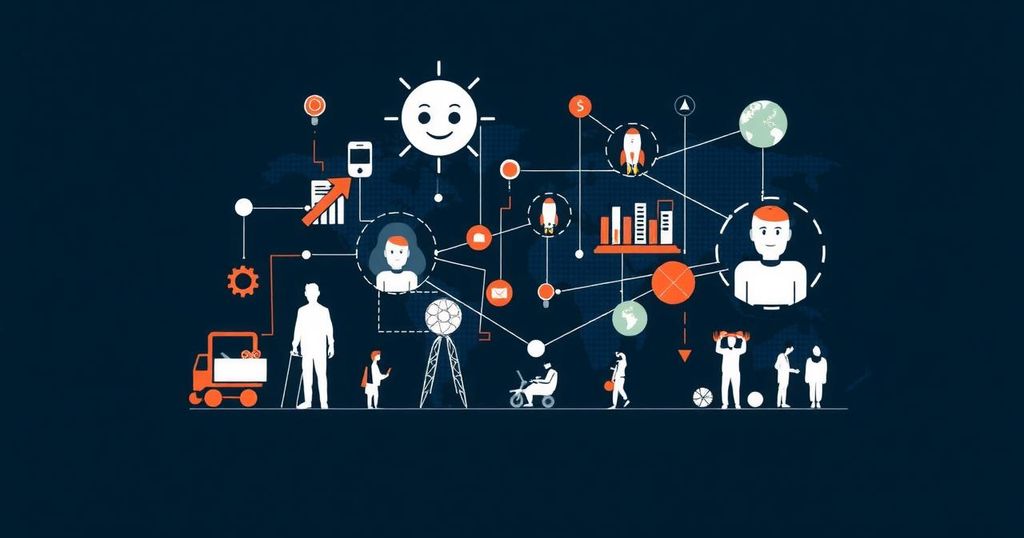Summary
In the dynamic landscape of software development, the longstanding tensions between proprietary and open source software continue to shape industry practices. A notable emergence in this field is the introduction of a novel licensing paradigm termed “fair source,” championed by Sentry, a developer software company valued at $3 billion. This initiative aims to create a middle ground between the open and proprietary realms, introducing new definitions, terminology, and governance models tailored to contemporary needs. Sentry is not alone in this endeavor; several other companies, including GitButler—co-founded by one of GitHub’s original founders—have also adopted the fair source license. The fundamental objective of the fair source concept is to enable businesses to align with the ethos of open software development while navigating the complex territory of existing licenses, whether they be open source, open core, or source-available. This model seeks to evade the negative connotations often associated with proprietary software. Chad Whitacre, Sentry’s head of open source, underscored a critical concern within the open source community: “Open source is not a sustainable business model; it is primarily a model of distribution and software development.” He elaborated that while there are successful open source projects, they often serve as components of larger proprietary solutions. It is noteworthy that many companies embracing open source have retreated to more restricted licenses or even abandoned open source altogether to safeguard their innovations. The “fair source” concept acknowledges the changing commercial landscape for open source, which is increasingly perceived as ineffective for business sustainability. The issues surrounding open source licensing have compelled projects such as Kubernetes and React to exist alongside proprietary counterparts like Google Search and Facebook Newsfeed, illustrating the complexities inherent in software deployment today. Initially, Sentry’s product was released under a BSD 3-Clause open source license. However, in 2019, the company transitioned its offerings to a Business Source License (BUSL) to fend off competitors duplicating its work. This transition illustrates the ongoing friction businesses face in balancing openness with the need for protection against appropriation. More recently, Sentry announced plans to classify an acquired developer tool—Codecov—under an open source framework, a move met with skepticism given that BUSL does not align with the Open Source Initiative’s definition of open source. Following community feedback, Whitacre articulated the necessity for a new term to appropriately classify Sentry’s approach: “We are neither proprietary, nor fully open source, nor open core.” The concept of fair source, including licenses like the Functional Source License (FSL) and the Fair Core License (FCL), establishes parameters that permit third-party use and modification under minimal restrictions while allowing for a delayed transition to full open source status after a predetermined time frame. However, critics, including Thierry Carrez of the Open Infrastructure Foundation, caution that these licenses may generate legal ambiguities and stifle innovation by introducing restrictive non-compete clauses. This new licensing model raises questions about branding and classification in the software development landscape. Advocates like Amanda Brock of OpenUK suggest that fair source may complicate existing frameworks rather than clarify them. The continued evolution of terminology in software licensing underscores the challenge of ensuring clarity for companies while maintaining user trust. New initiatives are forming in response to the fair source movement, with organizations like GitButler expressing a desire to remain flexible in their licensing choices as they navigate commercial challenges and heed community concerns. As this dialogue continues, stakeholders invigorate discussions around the future of software licensing, aiming to define and refine fair source principles over time. In conclusion, the fair source initiative represents a strategic response to the limitations of traditional open source licensing, proposing a model that seeks to balance commercial interests with the foundational ideals of software sharing and collaboration. As companies experiment with this licensing approach, it may well herald a shift in how software development practices evolve in the interplay between open resource accessibility and proprietary protections.
Original Source: techcrunch.com

Leave a Reply